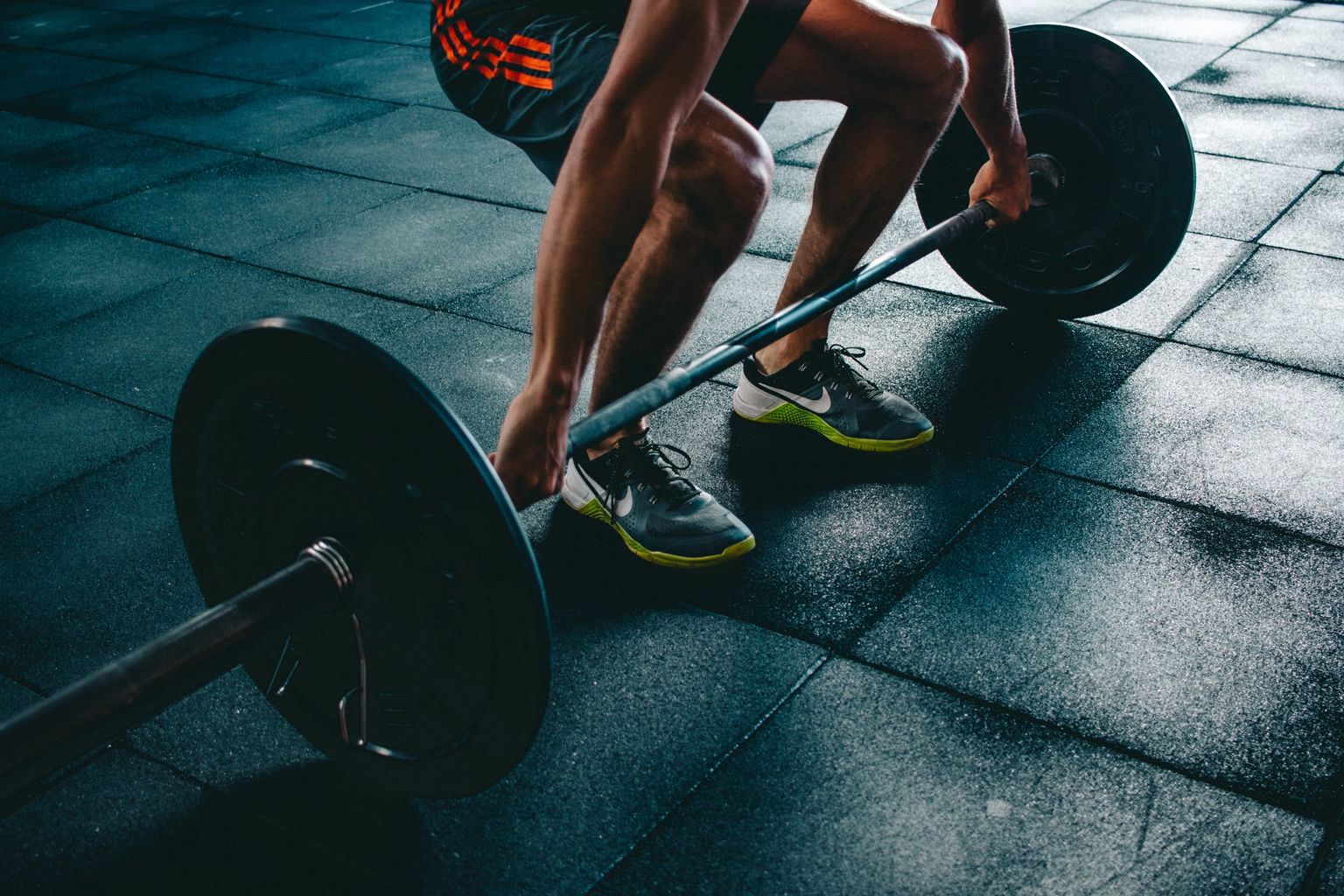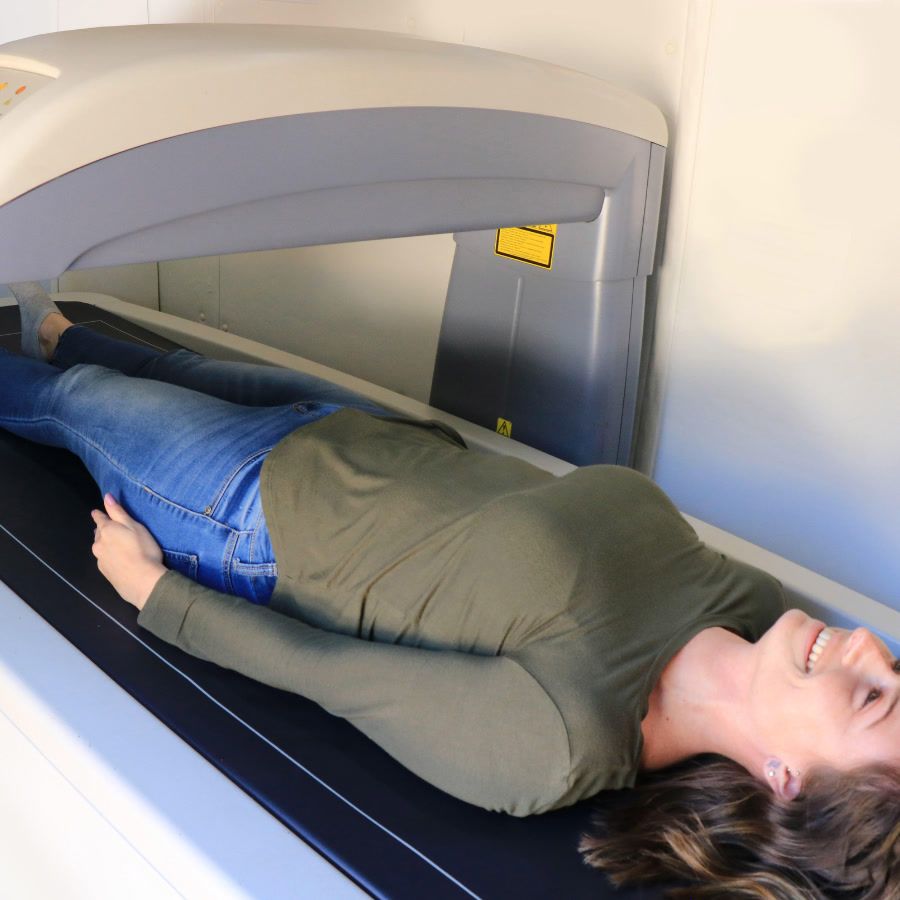Go Ruck: Rucking 101 and Beginner Plan
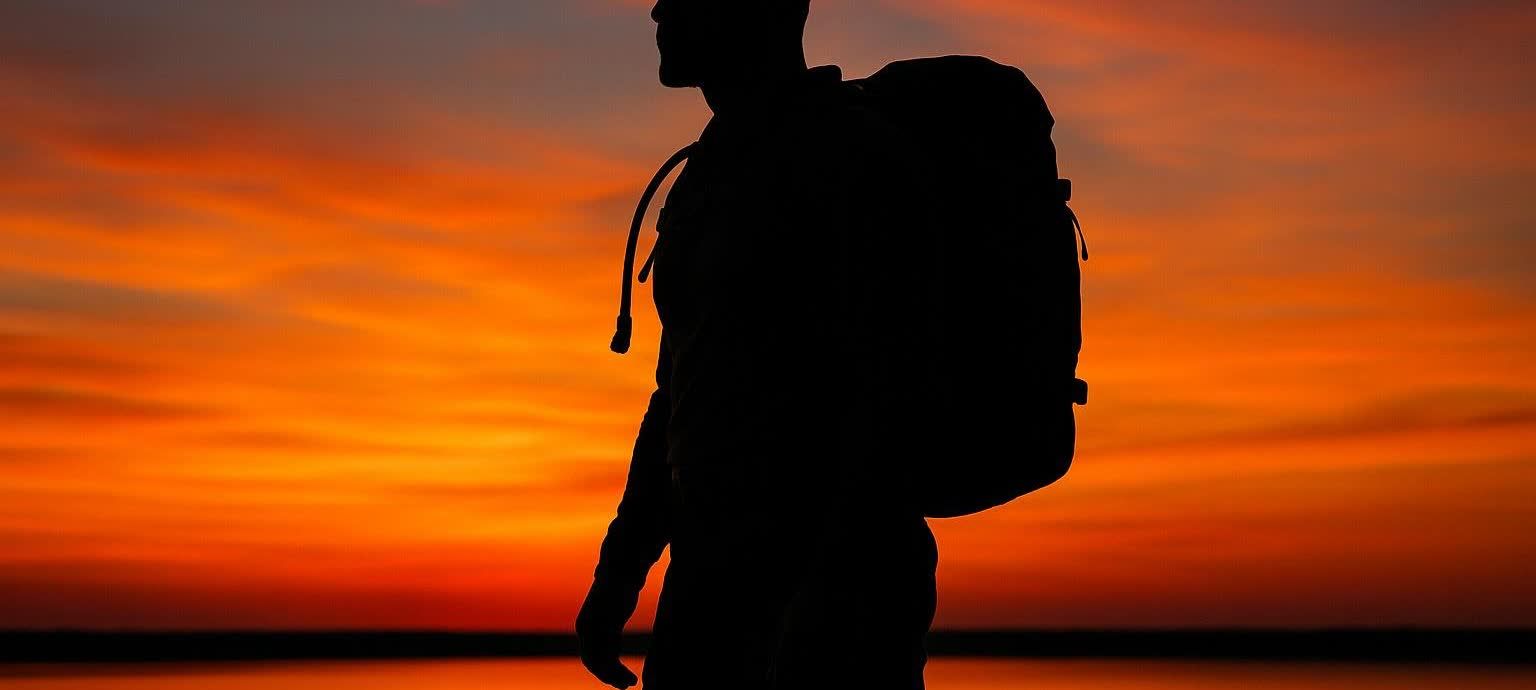
Go Ruck: Rucking 101 – Fitness & Health Benefits, How to Start Safely, and a 4-Week Beginner Plan
Special Forces units have long relied on walking with weight on their backs—better known as rucking—to build endurance, strength, and resilience. Popularized in the civilian world by events hosted through the GoRuck company and its growing community, the method combines cardio and strength in one time-efficient workout.
This guide zeroes in on the health and body-composition advantages of rucking, shows you how to get started with minimal gear, and outlines a progressive training plan you can follow today.
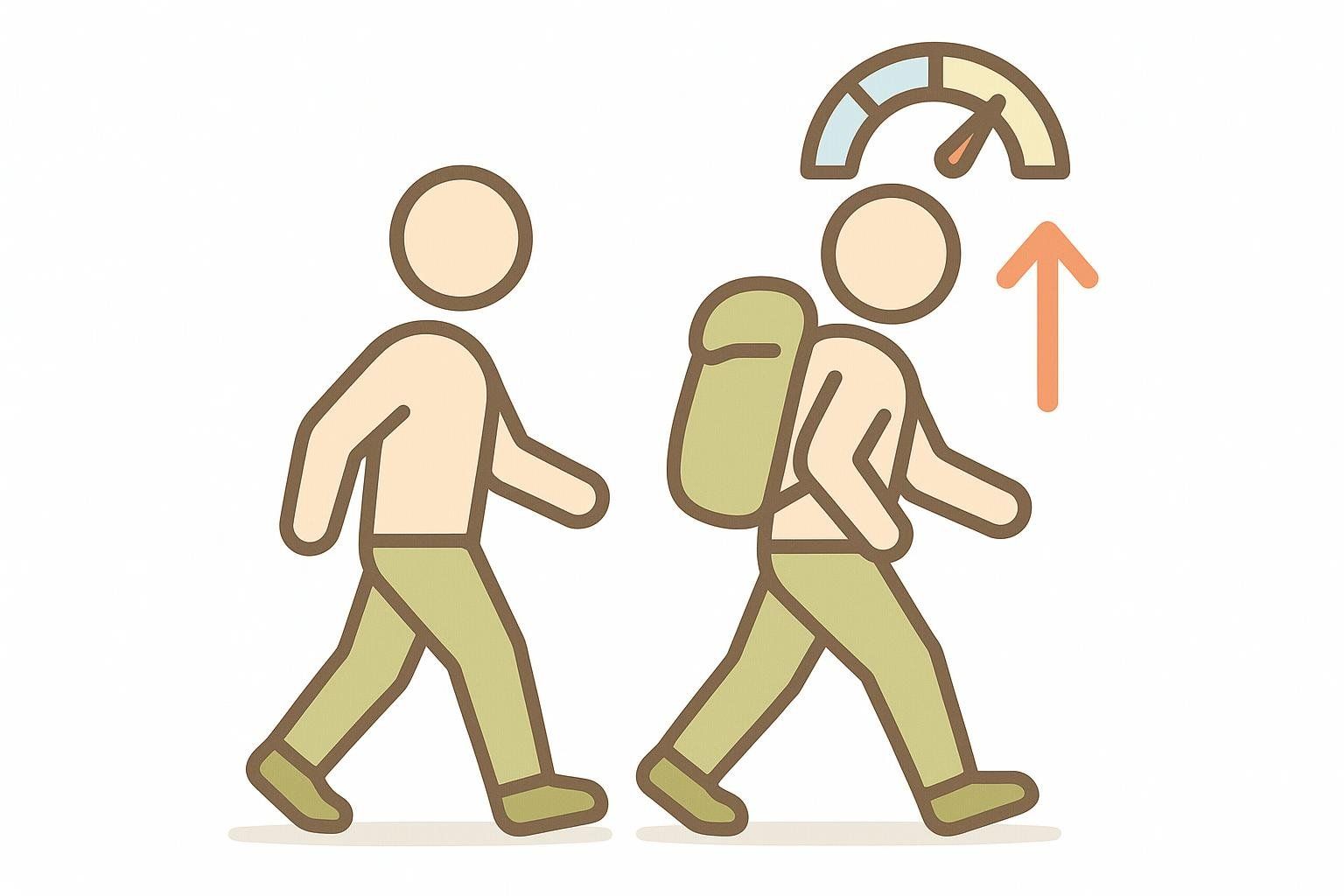
Why Rucking Belongs in Your Fitness Toolkit
| Benefit | Why It Matters |
|---|---|
| Higher Calorie Burn | GORUCK—a leading rucksack manufacturer—told CNN that adding 10–30 lb to a brisk walk can increase energy expenditure by 30–45 % compared with walking alone (CNN, 2023). |
| Joint-Friendly Conditioning | Because you’re still walking—not running—the impact on knees and ankles stays low while heart rate climbs (WebMD, 2023). |
| Muscle & Bone Stimulus | Load on the spine and hips encourages lean-mass retention and can help build or maintain bone density—especially in women after menopause (Today, 2024). You can measure these changes with a BodySpec DEXA scan. |
| Posture & Core Strength | Proper rucking form recruits mid-back and core stabilizers, promoting upright posture (Cleveland Clinic, 2023). Improve these results further with targeted mobility and flexibility work. |
| Outdoor Mental Boost | Exercising in green outdoor settings is linked to lower stress levels and better workout adherence compared with indoor sessions (Environmental Science & Technology, 2013). |
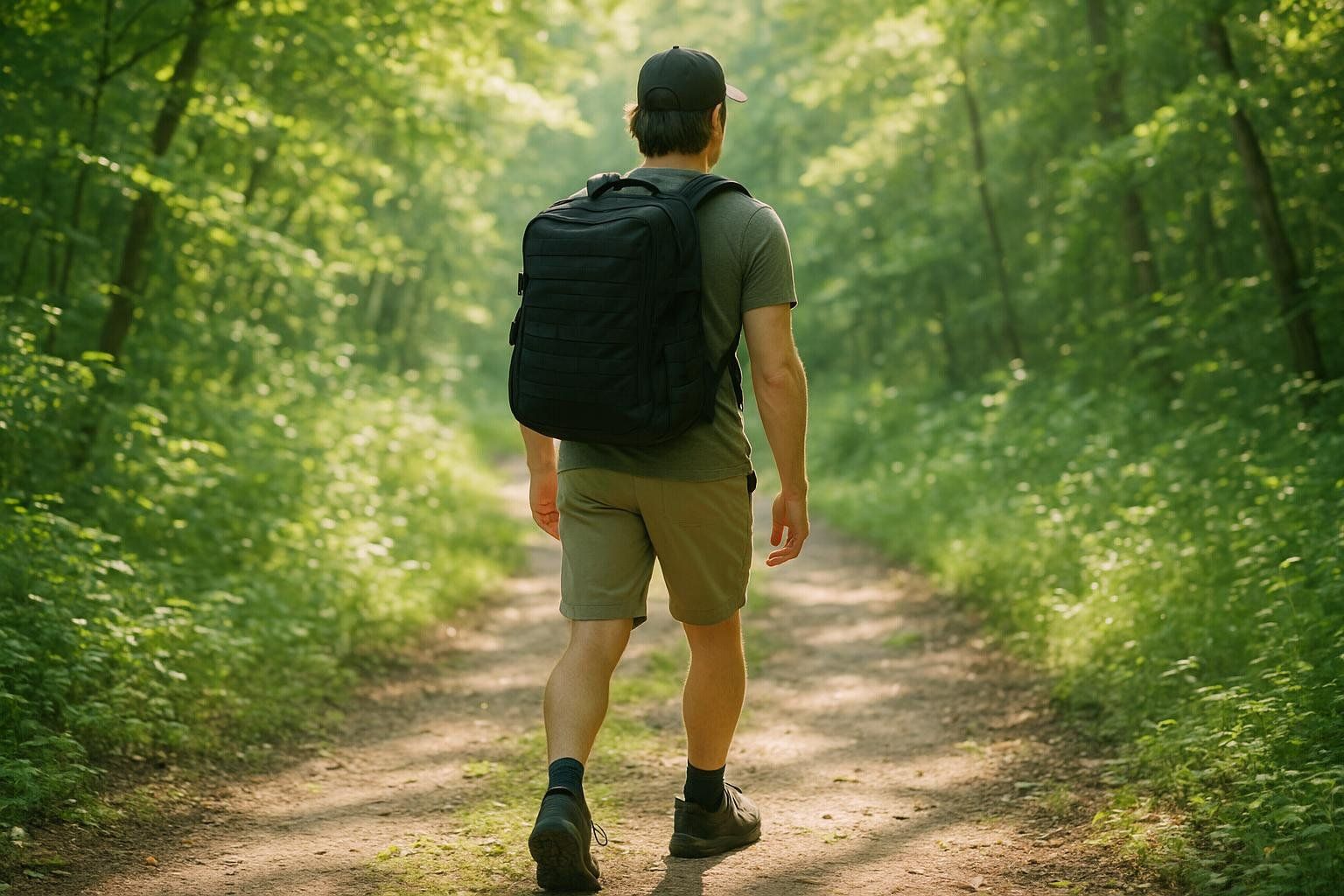
Gear: What You Really Need (and What You Don’t)
Starting is simple:
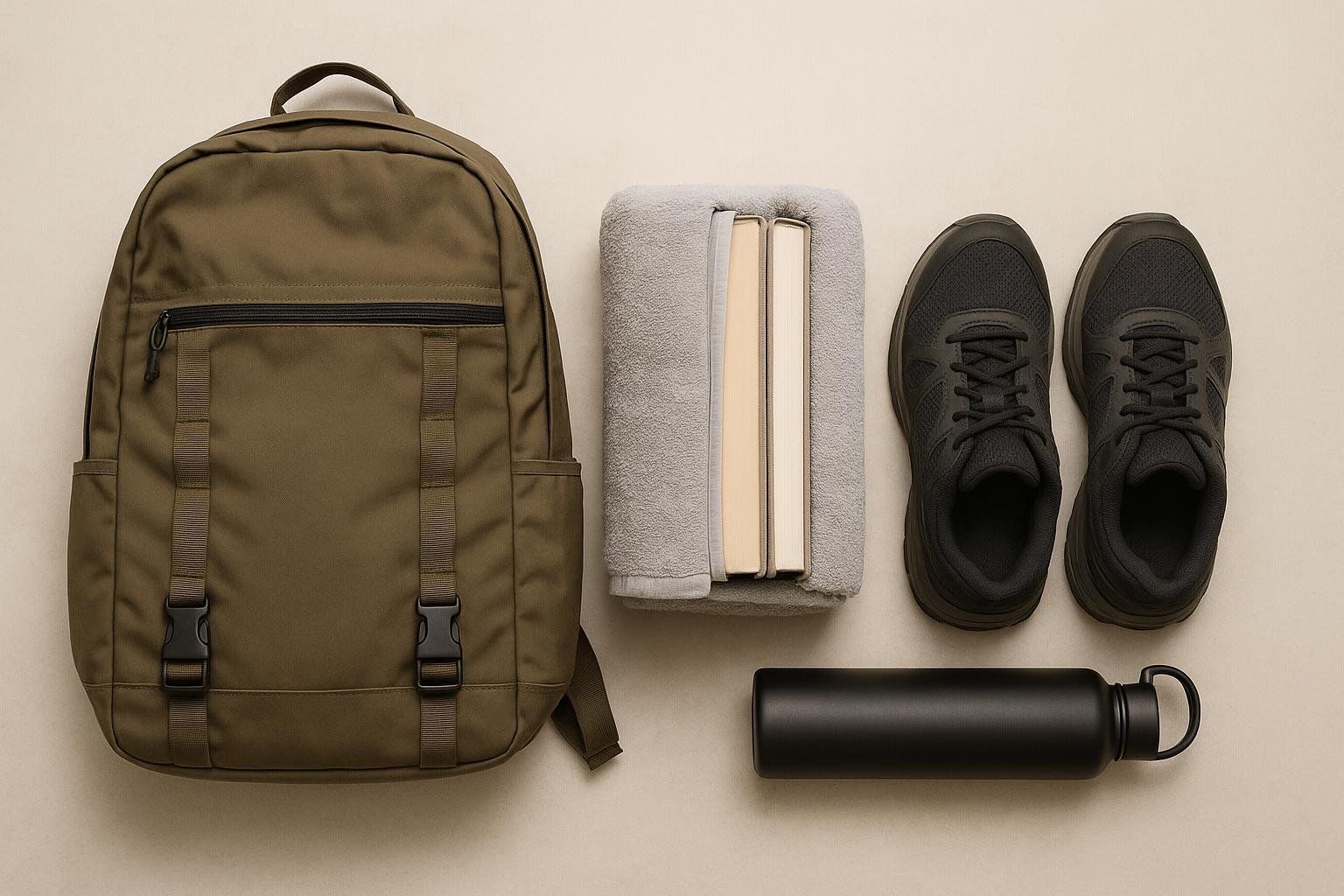
- Sturdy Backpack or Rucksack. A school backpack works under ~20 lb; beyond that, choose a purpose-built pack designed for load carriage. Three popular, durable brands include:
- GORUCK – Founded by a former Green Beret, the brand features rugged fabric, reinforced stitching, and the SCARS Lifetime Guarantee.
- 5.11 Tactical – Robust tactical packs backed by a limited lifetime warranty (see the 5.11 Tactical warranty policy).
- Mystery Ranch – High-comfort harness system and a lifetime repair program (see the Mystery Ranch guarantee program).
- Weight Source. Plate, dumbbell, bag of rice, or books wrapped in a towel. Pad sharp edges so nothing digs into your back.
- Supportive Footwear. Your regular walking or trail shoes are fine for pavement; choose hiking boots for uneven terrain.
- Blister Kit & Hydration. Mole-skin, spare socks, and ~500 mL of water for every 45 minutes on the move.
That’s it. Fancy extras—hydration bladders, trekking poles, reflective bands—are helpful but optional when you’re just getting started.
Ready to Go Ruck? Technique Tips for Safe, Effective Training
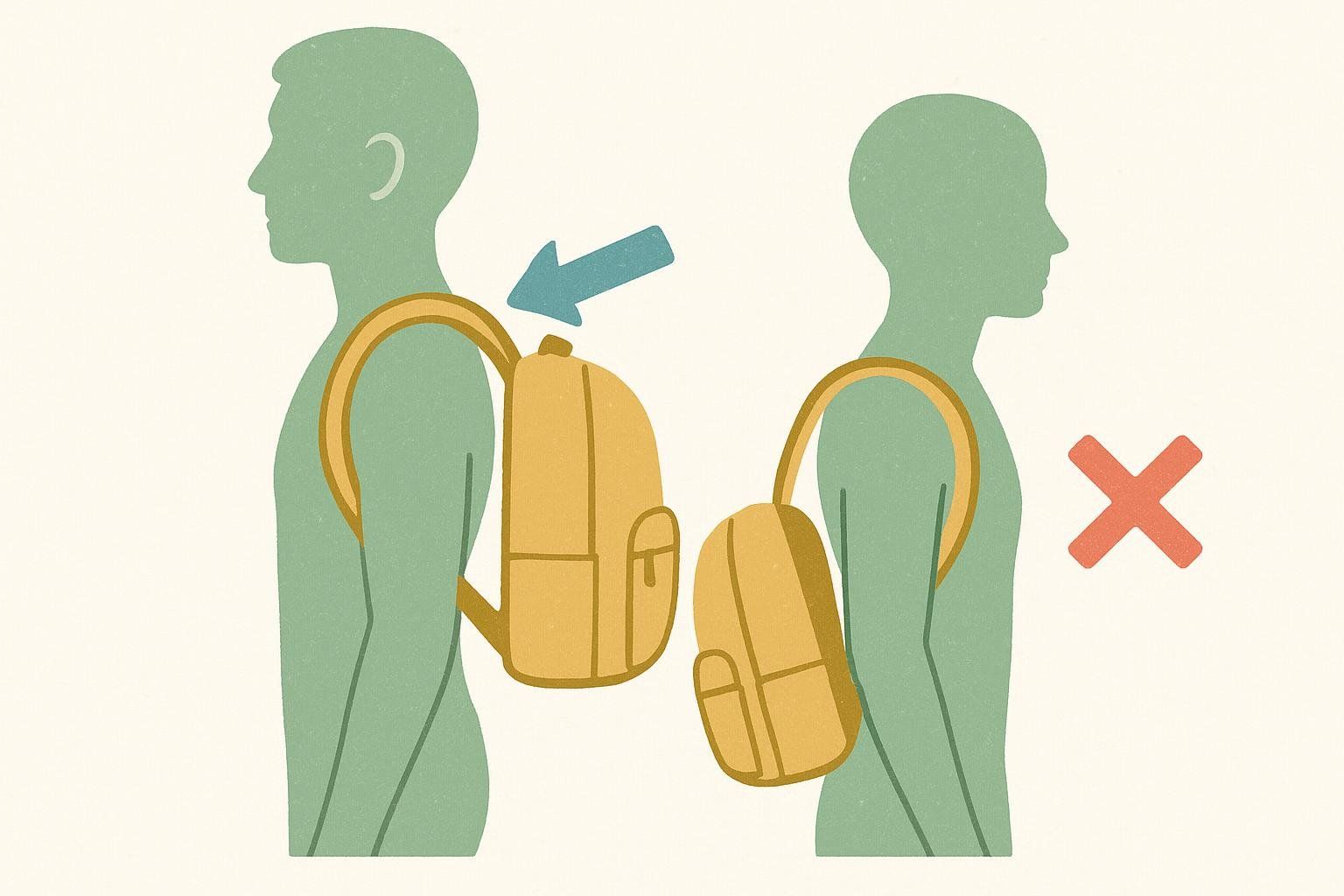
- Pack Height: Position weight between shoulder blades, not slumping at the low back. Use towels or yoga-mat scraps to elevate it if necessary.
- Stride & Posture: Shorten your stride slightly, keep core engaged, and imagine “growing tall” through the crown of your head.
- Progress Gradually: Follow the 10 % rule—increase either distance or weight by no more than 10 % per week.
- Listen to Warning Signs: Sharp knee pain, low-back strain, or numb hands mean it’s time to lighten the load and reassess form.
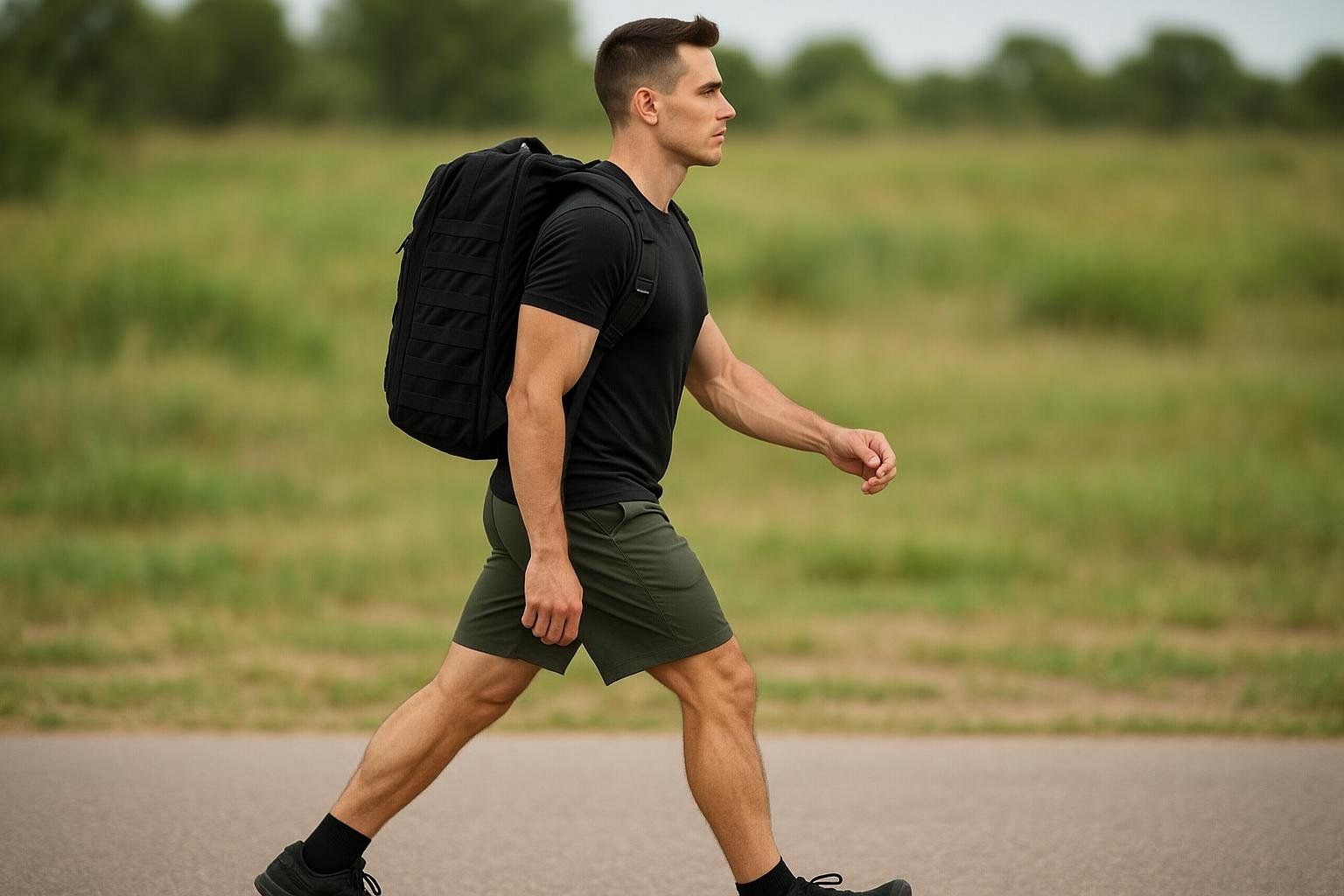
4-Week Beginner Rucking Plan

| Week | Distance (mi) | Pack Weight | Sessions/Week |
|---|---|---|---|
| 1 | 1.5 | 10 lb | 2 |
| 2 | 2 | 15 lb | 2 |
| 3 | 2.5 | 20 lb | 3 |
| 4 | 3 | 20 lb | 4 (including one hill session) |
Pair each ruck with mobility or stretching the next day. Curious whether you’re losing fat or just water weight? Book a BodySpec DEXA scan at Week 0 and again after Week 4 to quantify changes in fat mass, lean mass, and even bone density.
Recovery Essentials
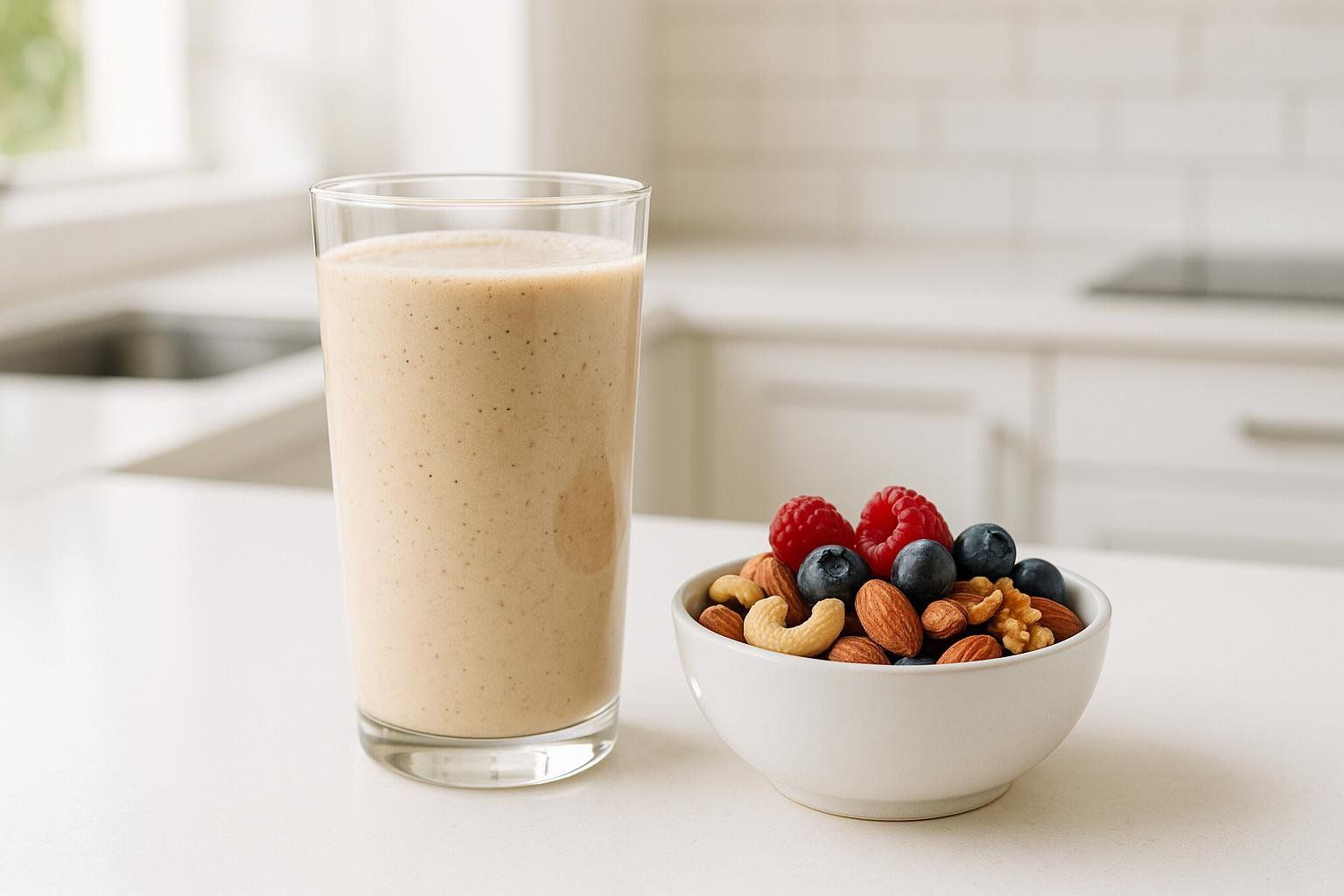
- Refuel Smart. Aim for 15–25 g of protein within two hours post-ruck to kick-start muscle repair (Mass General Brigham, 2024).
- Hydrate & Electrolytes. Load carriage increases sweat—replace sodium and fluids accordingly.
- Active Rest. Light cycling, yoga, or a brisk walk without the pack speeds recovery by boosting circulation. Learn more in our rest-day guide.
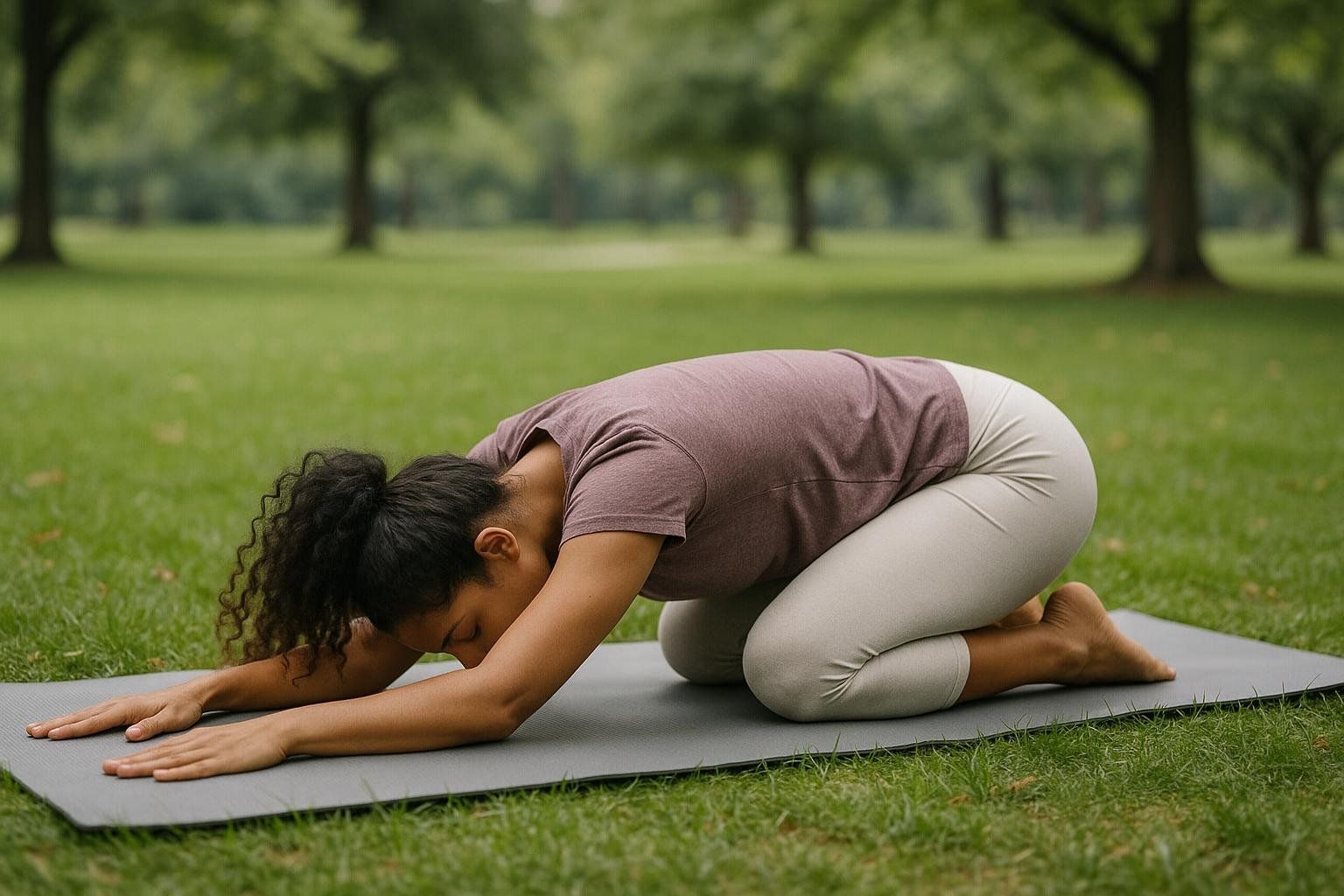
Frequently Asked Questions
Do I need a special rucking backpack?
Any durable backpack works for starters, provided the seams can handle the load and the weight sits high on your back. As you progress beyond ~30 lb, purpose-built packs become far more comfortable. GORUCK’s SCARS Lifetime Guarantee means repairs are free for life, while brands like 5.11 Tactical and Mystery Ranch also offer long-term warranty coverage and robust construction.
How heavy should my pack be?
A common starting point is 10–20 % of your body weight. Listen to your joints and breathing—if form breaks down, lighten the load.
Can rucking replace running?
Rucking delivers comparable cardiovascular benefits with lower impact, but running trains higher-end speed and power. They can complement each other depending on your goals.
Is rucking safe for people with low-back pain?
Often yes—if done correctly and cleared by a healthcare professional. Focus on lighter loads, impeccable posture, and core strengthening. Consider a DEXA scan to benchmark spine and hip bone density before you start.
Key Takeaways

- To go ruck successfully, remember that you only need minimal gear—a backpack and a weighted object.
- Rucking burns significantly more calories than plain walking while staying joint-friendly.
- Load carriage stimulates muscle, bone, and cardiovascular adaptations you can track with periodic BodySpec scans.
- Progress load or distance gradually and prioritize recovery nutrition, hydration, and active rest days to maximize results.
Ready to go ruck and turn your daily walk into a strength-building, calorie-burning adventure? Grab a backpack, add weight, and get moving.
Disclaimer: This article is for informational purposes only and does not constitute medical advice. Consult a healthcare professional before starting any new fitness program.
